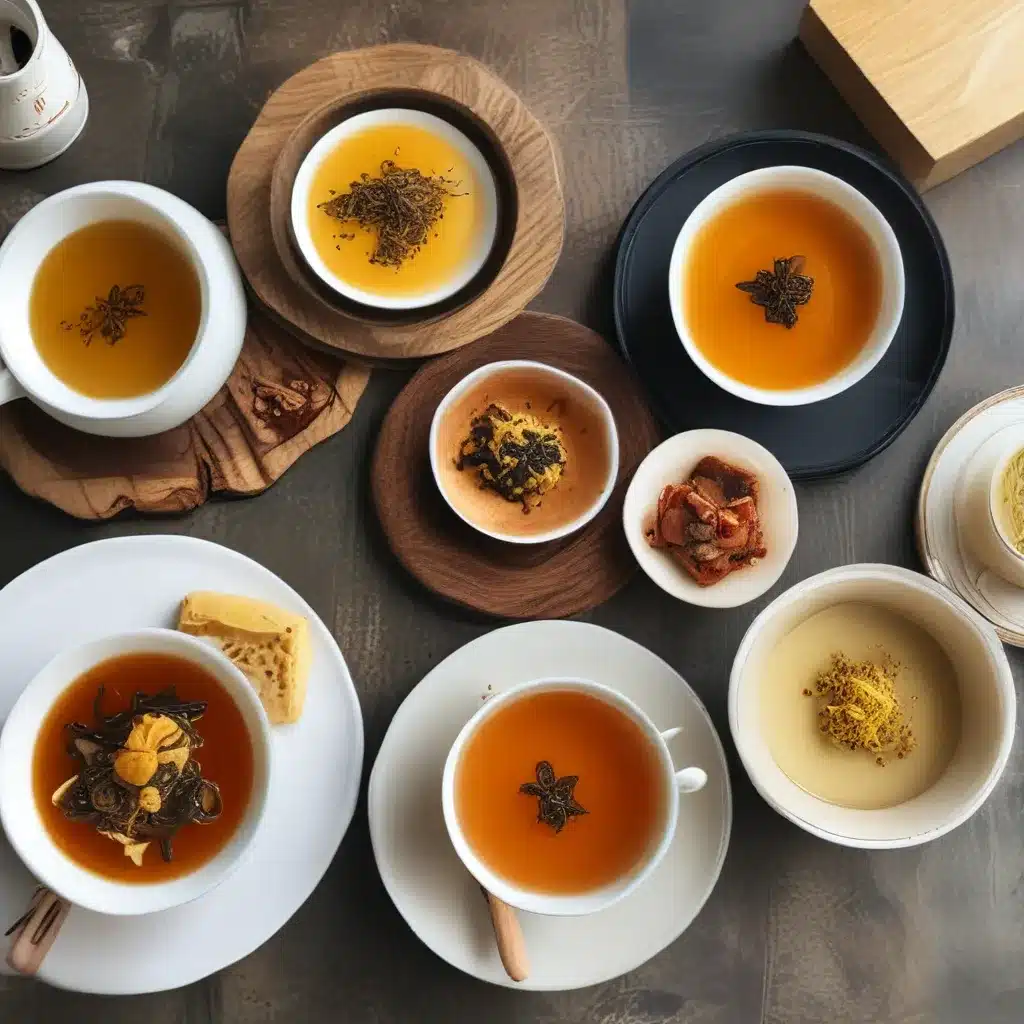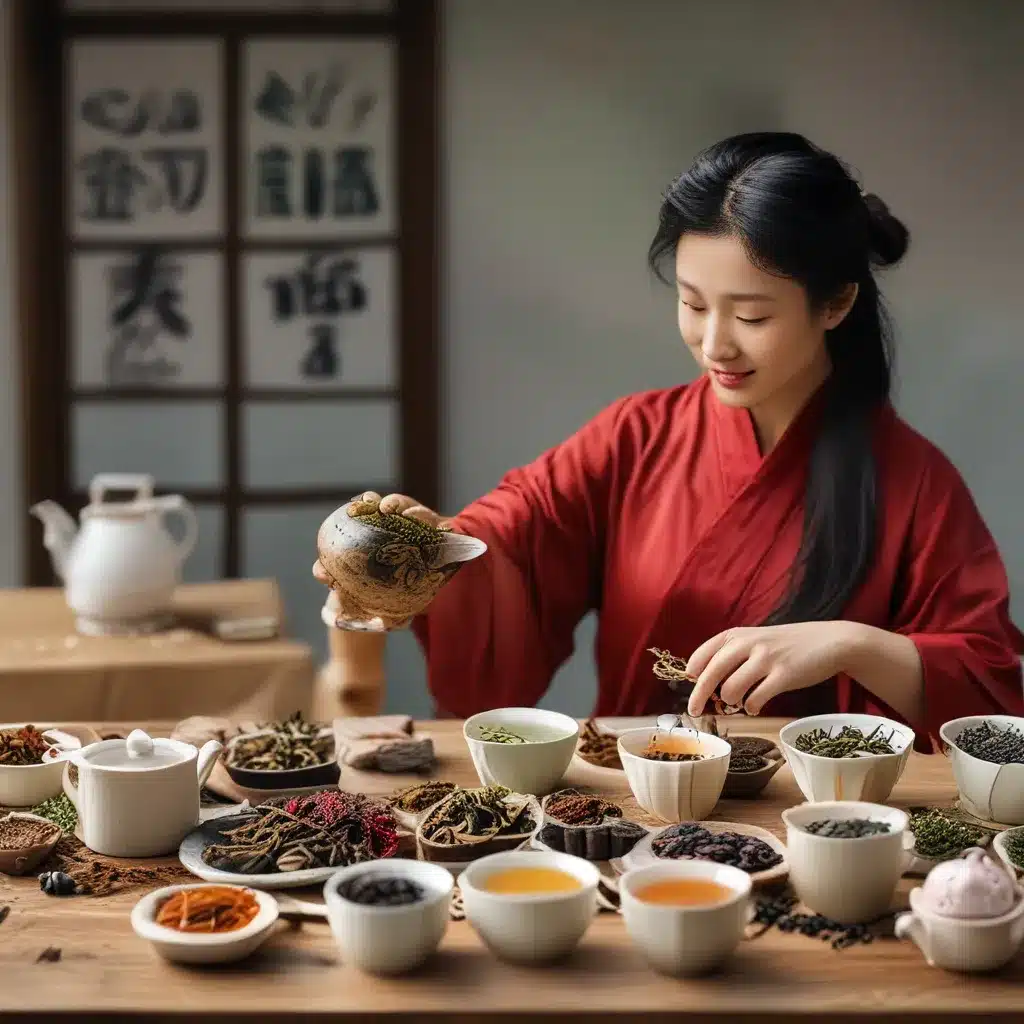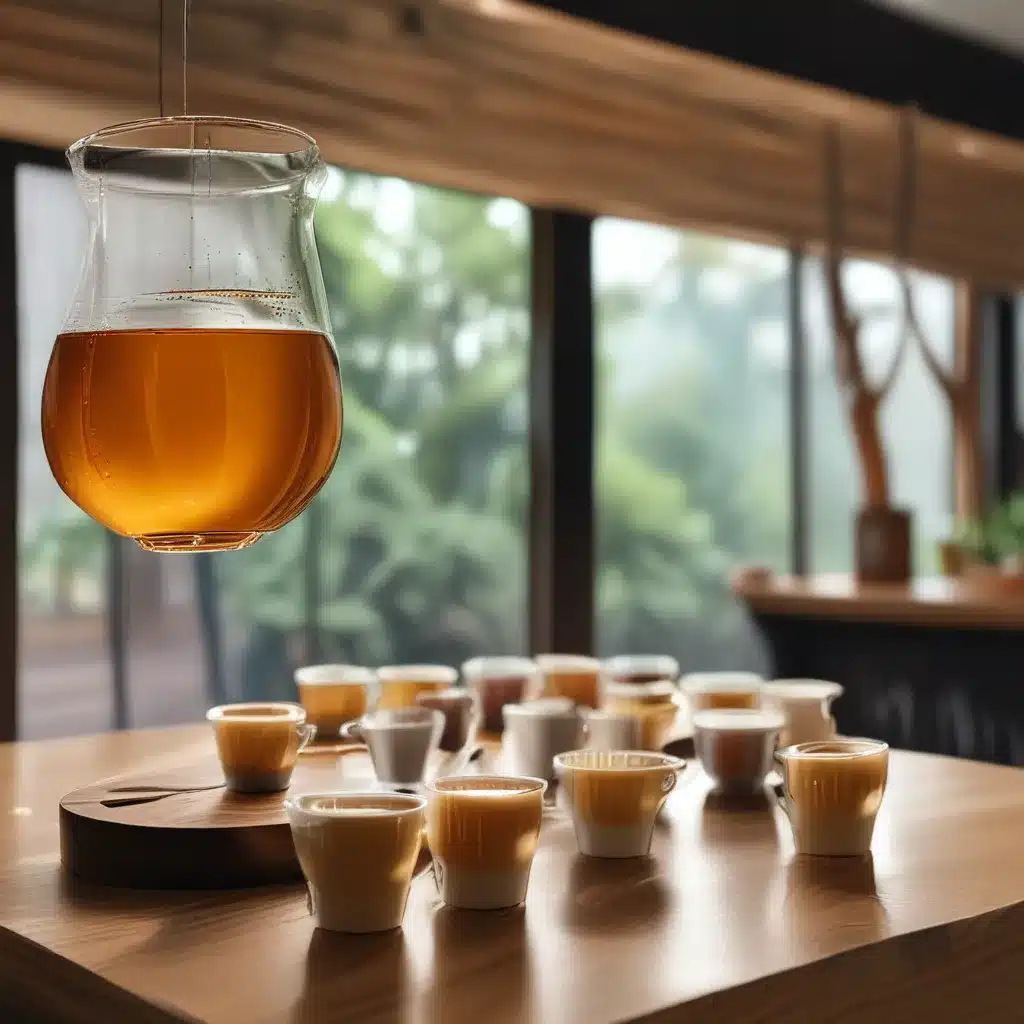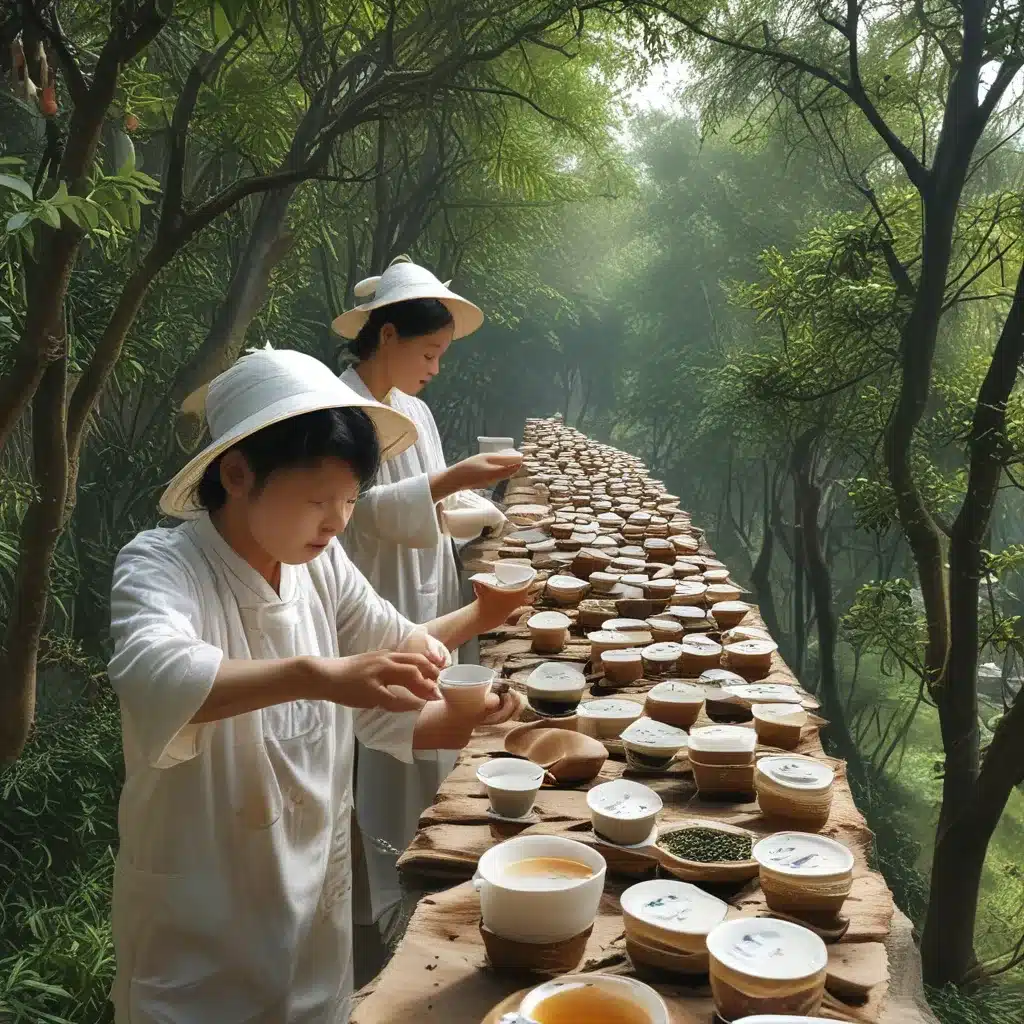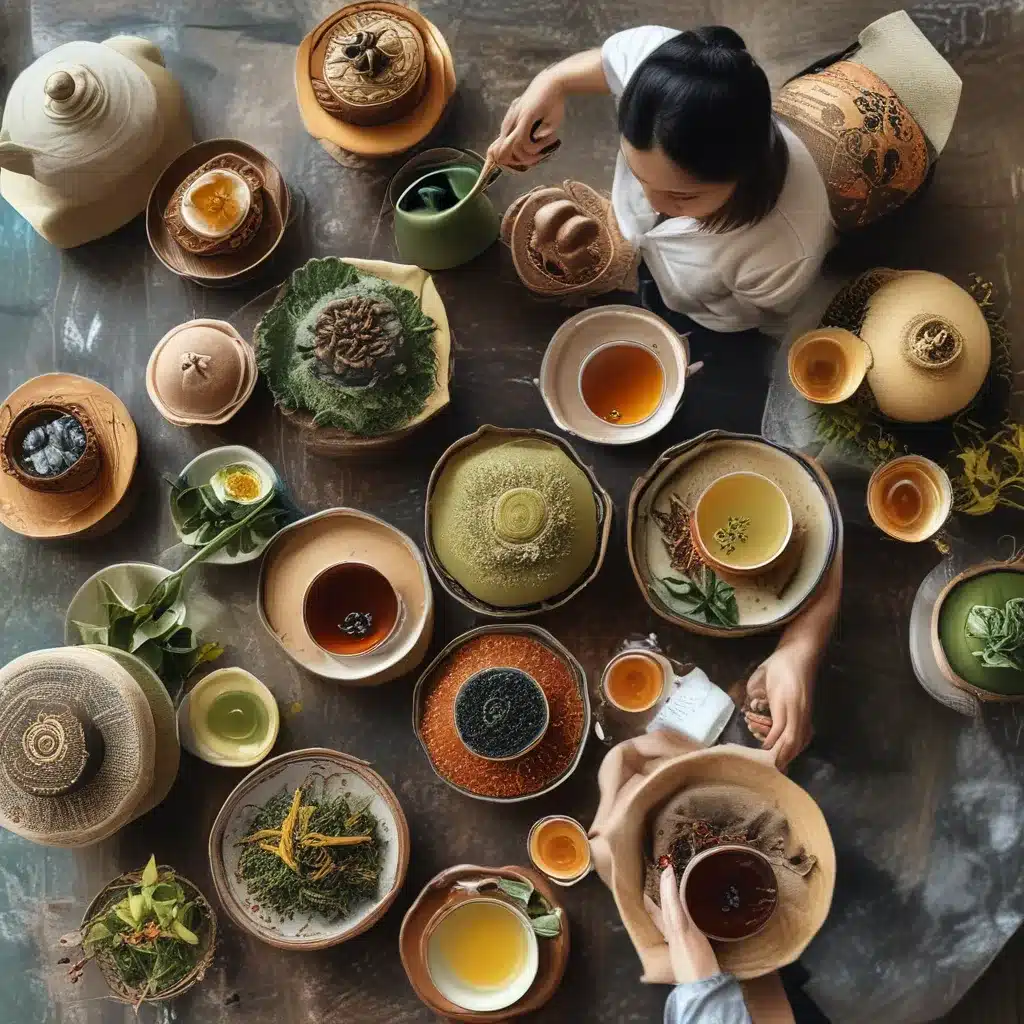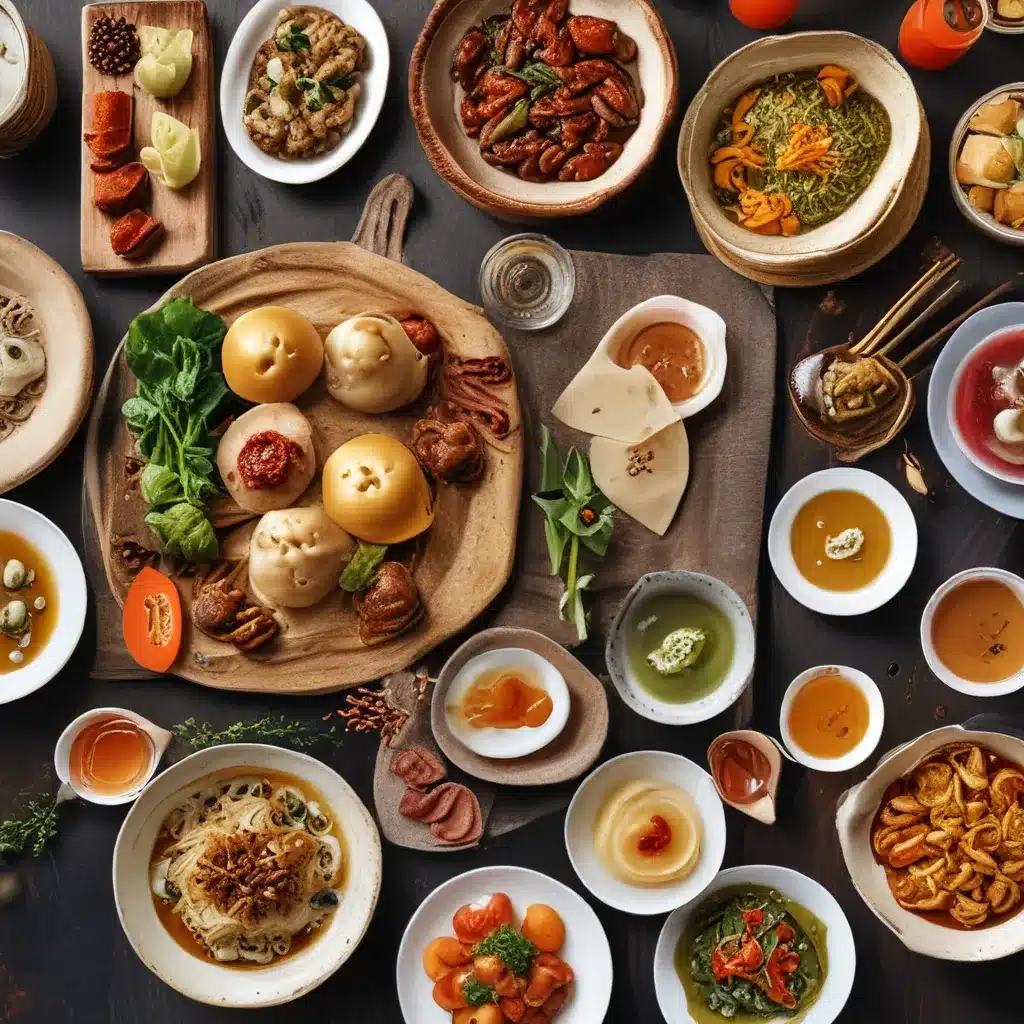
Uncovering the Culinary Tapestry of Shanghai
As I step through the doors of the One Dragon Restaurant, the tantalizing aromas of sizzling woks and fragrant spices immediately transport me to the heart of Shanghai’s vibrant culinary scene. This bustling metropolis, a melting pot of cultures and traditions, has long been renowned for its exceptional cuisine, a testament to the city’s rich history and the ingenuity of its chefs.
Intrigued by the depth and complexity of Shanghai’s gastronomic heritage, I embark on a journey to uncover the artistry and stories that lie behind each flavorful dish. From the intricate balance of sweet, sour, and savory notes in the iconic Xiao Long Bao to the delicate interplay of textures in the Mapo Tofu, the culinary landscape of Shanghai is a tapestry woven with threads of innovation, tradition, and cultural exchange.
Tracing the Roots of Shanghai Cuisine
To truly understand the essence of Shanghai gastronomy, we must delve into its historical roots. This vibrant city, situated at the heart of the Yangtze River Delta, has long been a hub of trade and commerce, attracting merchants and culinary influences from across China and beyond. The One Dragon Restaurant, with its rich history and commitment to preserving the region’s culinary traditions, serves as the perfect starting point for this exploration.
The origins of Shanghai cuisine can be traced back to the Ming and Qing dynasties, when the city’s strategic location and flourishing trade networks ushered in a golden age of culinary innovation. Merchants and scholars from all corners of the empire brought with them their regional specialties, giving rise to a melting pot of flavors that would eventually coalesce into the distinct Shanghainese style.
One of the hallmarks of this cuisine is its seamless integration of Cantonese, Jiangsu, and Zhejiang cooking techniques, creating a harmonious balance between the bold, the delicate, and the umami-rich. The chefs of Shanghai honed their skills in adapting these diverse influences to the local ingredients, resulting in dishes that are both familiar and unique.
Mastering the Art of Balancing Flavors
At the heart of Shanghai cuisine lies a meticulous focus on the interplay of flavors, a delicate dance that requires exceptional skill and intuition. The Shanghainese palate is renowned for its appreciation of subtlety and complexity, where each ingredient is carefully selected and meticulously prepared to contribute to the overall harmony of the dish.
One prime example is the renowned Xiao Long Bao, a delicate soup-filled dumpling that has become a quintessential symbol of Shanghai’s culinary prowess. The art of crafting these delicate parcels lies in the precise balance of the filling, where the juicy pork, savory broth, and delicate skin come together in a symphony of textures and flavors.
“The key to a perfect Xiao Long Bao,” explains Chef Zhang, the maestro behind the One Dragon Restaurant’s renowned dumpling menu, “is to achieve the perfect ratio of meat, broth, and skin. Too much broth and the dumpling will collapse; too little, and the burst of flavors will be muted. It’s a delicate balancing act that requires years of practice and intuition.”
This meticulous attention to detail extends to every aspect of Shanghai cuisine, from the careful selection of seasonal ingredients to the intricate plating techniques that elevate each dish into a work of edible art.
Adapting to the Changing Culinary Landscape
As the world continues to evolve, so too does the culinary landscape of Shanghai. While the city’s rich gastronomic heritage remains the foundation, innovative chefs are constantly pushing the boundaries, seamlessly blending traditional techniques with modern sensibilities.
One such visionary is Chef Wang, the head chef at the One Dragon Restaurant, who has made it his mission to honor the past while embracing the future. “Shanghai cuisine is not a static entity,” he explains, “it is a living, breathing tradition that must adapt and evolve to remain relevant in today’s culinary landscape.”
Under Chef Wang’s guidance, the One Dragon Restaurant has become a hub of culinary experimentation, where classic Shanghainese dishes are reimagined with a contemporary twist. The Mapo Tofu, for instance, is elevated with the addition of carefully sourced ingredients and a modern plating presentation, while the Pork Belly Steamed Buns incorporate a playful fusion of Eastern and Western flavors.
“Our goal is not to simply replicate the past, but to build upon it,” says Chef Wang. “By respecting the traditions that have come before us and infusing them with new ideas, we can ensure that the rich heritage of Shanghai cuisine continues to thrive and captivate the palates of diners for generations to come.”
Celebrating the Diversity of Shanghai Gastronomy
As I delve deeper into the culinary landscape of Shanghai, I am struck by the sheer diversity of flavors and culinary expressions that coexist within the city. From the bold and hearty Shanghainese staples to the delicate and refined Cantonese-influenced dishes, the city’s gastronomy is a tapestry of cultural exchange and regional influence.
One particularly fascinating aspect of Shanghai cuisine is the way it seamlessly incorporates elements from the surrounding regions. The Jiangnan area, known for its lush waterways and agricultural abundance, has lent its signature ingredients and cooking techniques to the Shanghainese repertoire. The use of freshwater fish, delicate greens, and a preference for steaming and braising are all hallmarks of this harmonious culinary integration.
Likewise, the culinary traditions of Zhejiang have left an indelible mark on Shanghai’s gastronomy. The region’s renowned seafood and delicate, clean flavors have found their way into the city’s most celebrated dishes, such as the Hangzhou-style Lion’s Head Meatballs and the fragrant Steamed Mandarin Fish.
“Shanghai cuisine is a tapestry of diverse influences, woven together into a unique and captivating whole,” explains Chef Zhang. “It is a constant dialogue between the familiar and the novel, where the traditions of the past seamlessly blend with the innovations of the present.”
Uncovering the Hidden Gems of Shanghai’s Culinary Scene
As I continue my exploration of Shanghai’s gastronomic landscape, I find myself drawn to the city’s lesser-known culinary gems – the hidden alleyway eateries, the family-run establishments, and the innovative underground supper clubs that harbor the true essence of Shanghainese cuisine.
One such discovery is the unassuming Xiao Nan Guo, a humble dumpling house tucked away in the bustling streets of the Old Town. Here, the Xiao Long Bao is elevated to an art form, with each delicate parcel meticulously crafted by a team of skilled dumpling masters. The broth, rich and savory, bursts forth with every bite, a testament to the kitchen’s unwavering commitment to quality and tradition.
As I savor the warm, comforting flavors of the Xiao Long Bao, I am transported to a bygone era, when the city’s alleyways were alive with the chatter of neighbors and the sizzle of woks. It is in these hidden pockets of Shanghai that the true spirit of the city’s gastronomy is kept alive, passed down through generations of passionate cooks and discerning diners.
Discovering the Rich Architecture and Cuisine of Tashkent, Samarkand, Bukhara, and Khiva has been a revelatory experience, but it is in the unassuming eateries of Shanghai that I find myself truly immersed in the city’s culinary heritage, where the artistry and passion of its people are distilled into every bite.
Preserving the Legacy of Shanghai Cuisine
As I reflect on my journey through the culinary tapestry of Shanghai, I am struck by the profound sense of responsibility that the city’s chefs and restaurateurs feel towards preserving the legacy of their gastronomic heritage. In an era of globalization and rapid change, the challenge lies in ensuring that the traditions and techniques that have defined Shanghai cuisine for centuries are not lost to the sands of time.
The One Dragon Restaurant, with its unwavering commitment to quality and authenticity, stands as a shining example of this preservation effort. Through meticulous research, rigorous training, and a deep reverence for the past, the restaurant’s culinary team has dedicated themselves to safeguarding the techniques and flavors that have made Shanghai cuisine a global phenomenon.
“It is our duty as custodians of this culinary legacy to ensure that the rich heritage of Shanghai gastronomy is passed down to future generations,” says Chef Wang, his eyes alight with a fervent passion. “By honoring the traditions of the past while embracing the innovations of the present, we can ensure that the artistry and soul of this extraordinary cuisine continues to thrive and captivate the world.”
As I savor the final bites of my meal at the One Dragon Restaurant, I am left with a profound appreciation for the artistry, the history, and the unwavering spirit that defines Shanghai’s culinary landscape. This is a city where the past and the present converge, where the flavors of yesterday inspire the creations of tomorrow, and where the true essence of gastronomy is celebrated in every bite.

